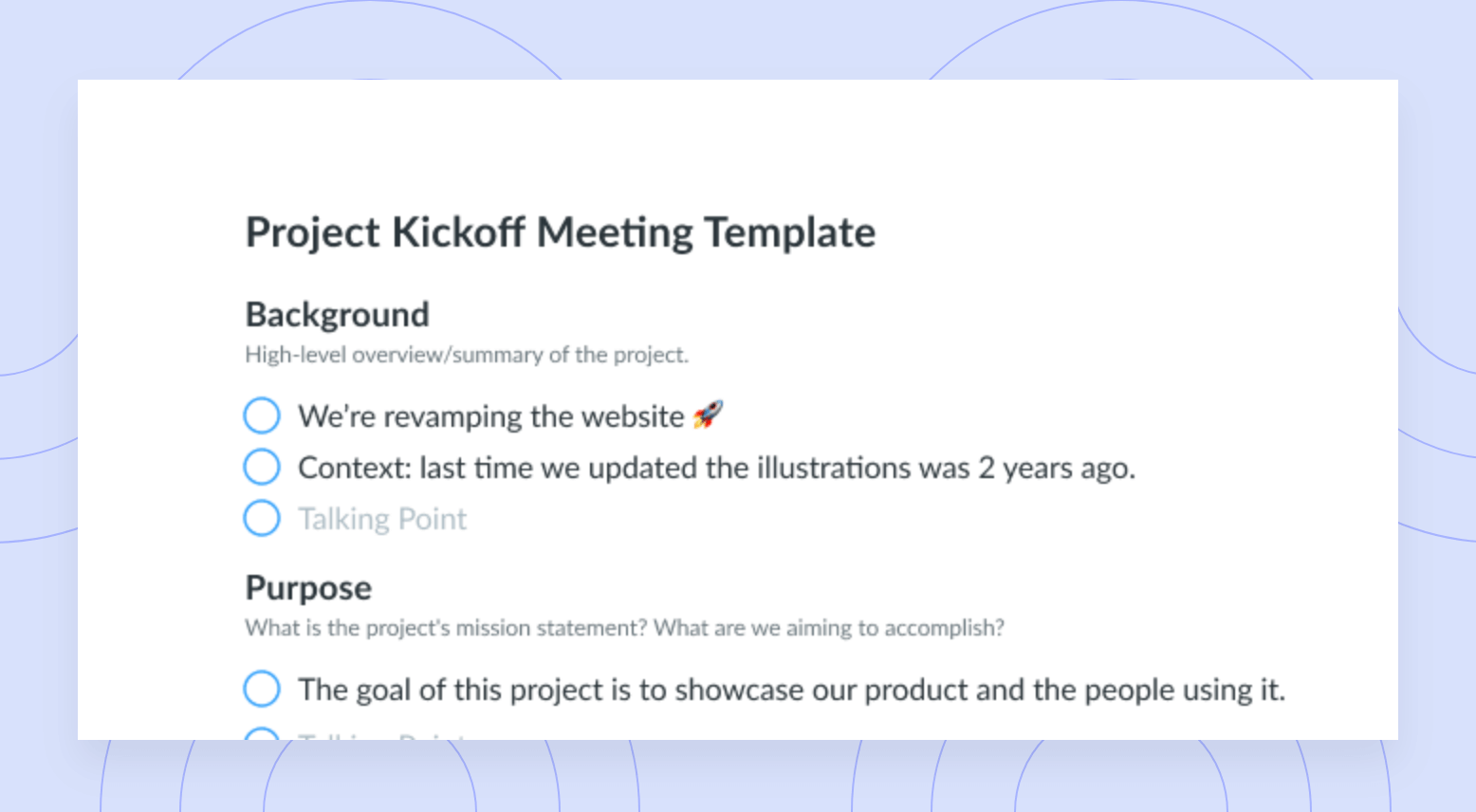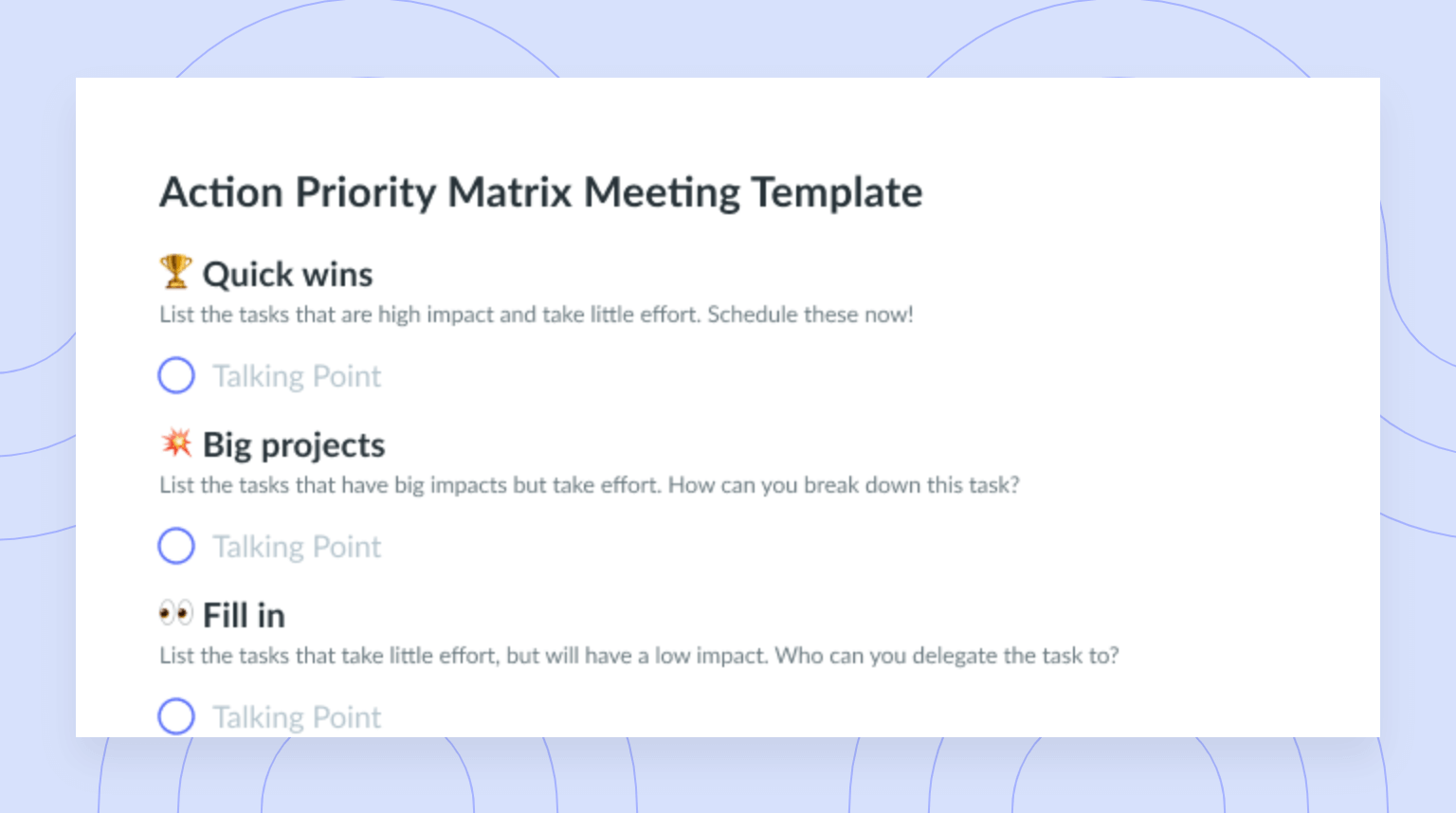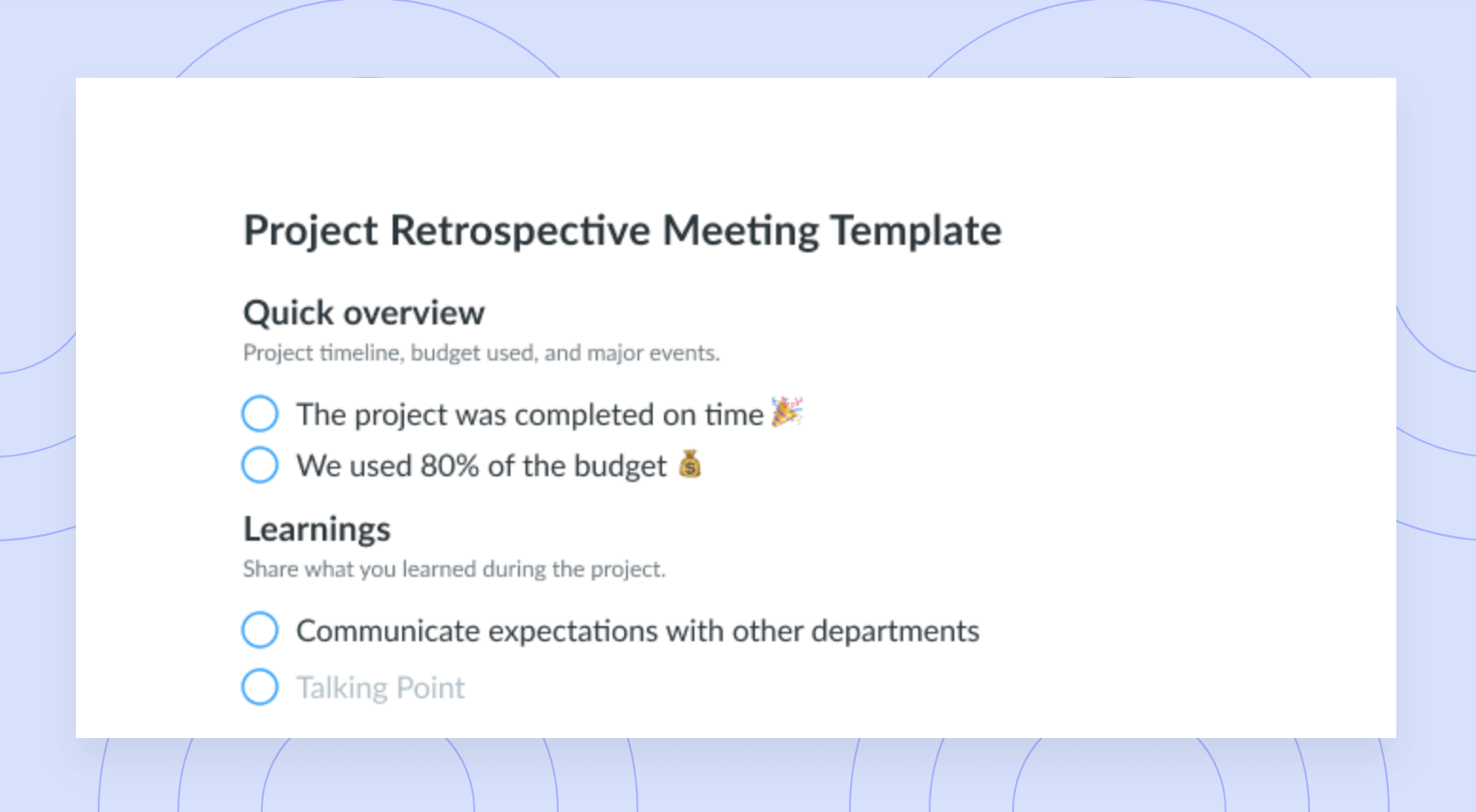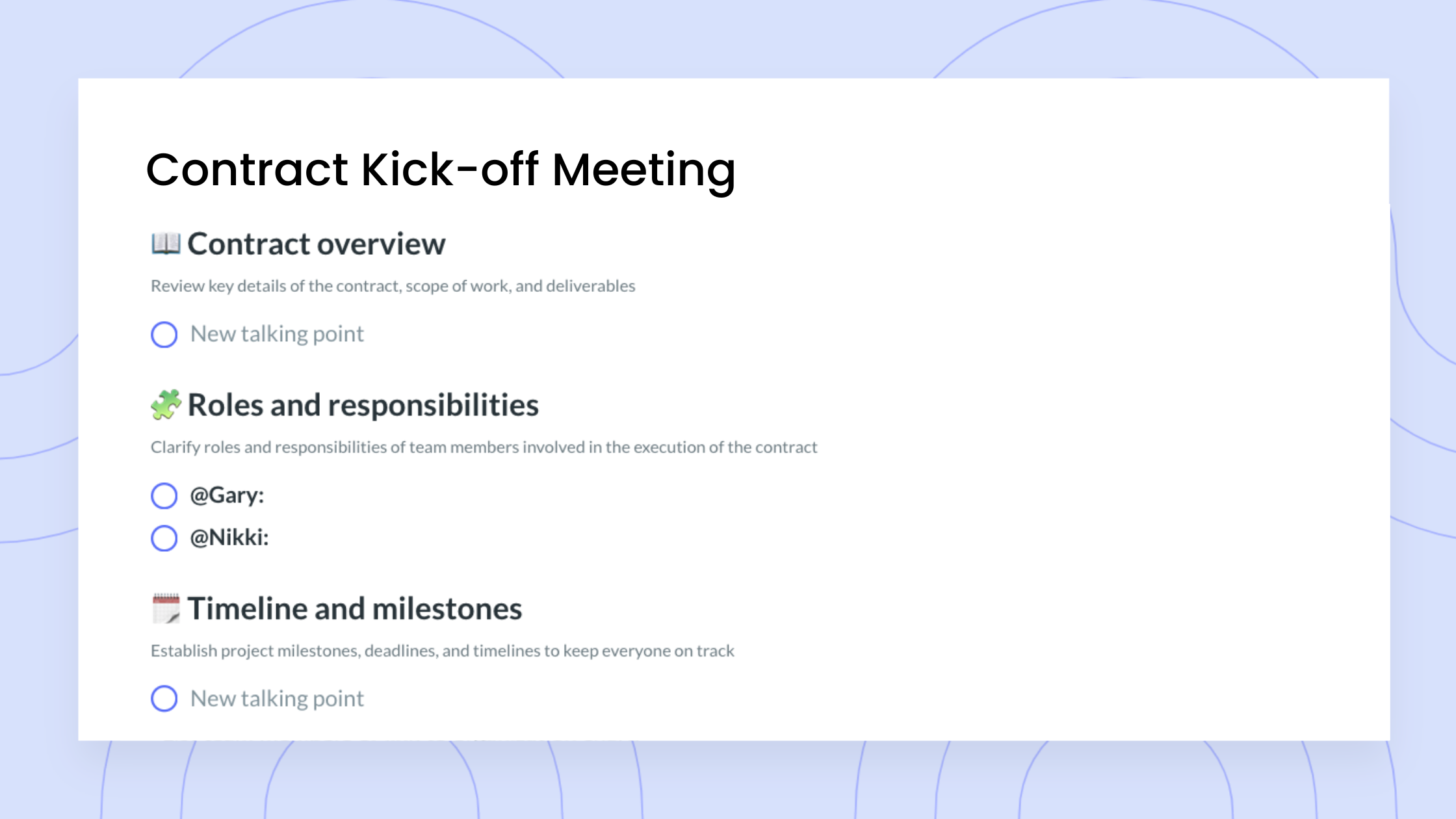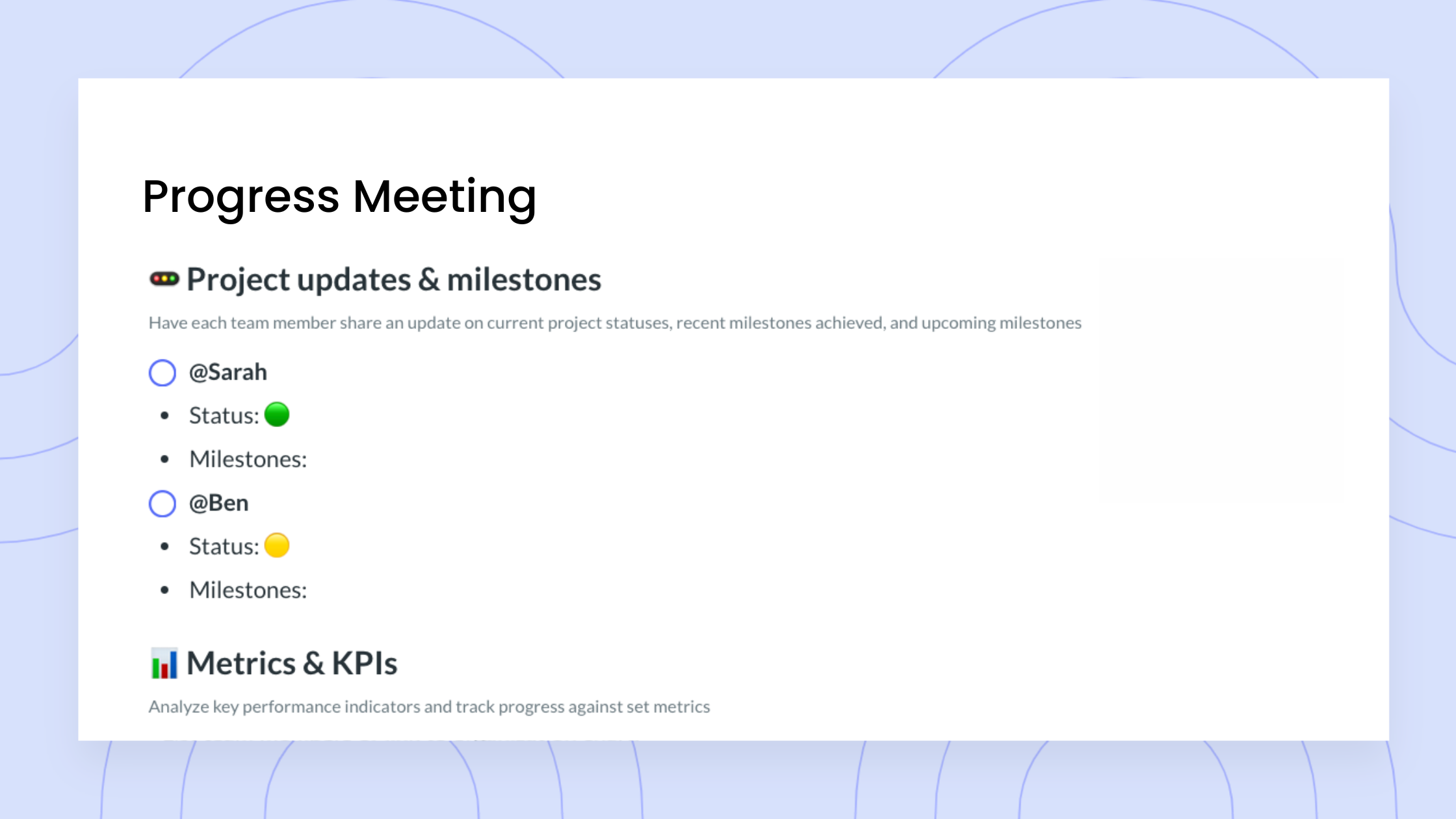7 Steps to Create an Effective Project Timeline
Keep your team on track by designing a project timeline that works for everyone using the following steps.
Designing a project from scratch can be overwhelming. One day you’re hosting a kickoff meeting for what you hope will be the company’s next big success, and the next you feel like you’re drowning in the details. We can’t blame you, it’s easy to forget that your greatest ideas will require even greater output from you and your team.
If you feel like you have a million and one tasks on the go, it may be time to consider a better alternative to your usual planning method. Whether you’re a seasoned project manager or a new employee undertaking an initiative for the first time, the project timeline will be your best friend!
- What is a project timeline?
- Why you should create a project timeline
- 7 steps to create a project timeline
- How to follow through on your project timeline
What is a project timeline?
A project timeline is a visual reference point for your team to keep organized when working on a long-term initiative. The timeline should outline the steps necessary to complete different project pieces and provide an overview for each specific task. Additionally, it should outline the flow of steps, determine priority levels for tasks, and identify key objectives.
If the project has a lot of moving parts, a project timeline will be a game changer. For example, if you’re coordinating the production of a new website and are responsible for delegating tasks related to the site’s design, content, and distribution, a structured timeline will help you, your team, and any stakeholders stay on track throughout the process.

Level-up your project timeline
Track the progress of your project timeline by adding an Objective tab to your meetings. Try a tool like Fellow today!
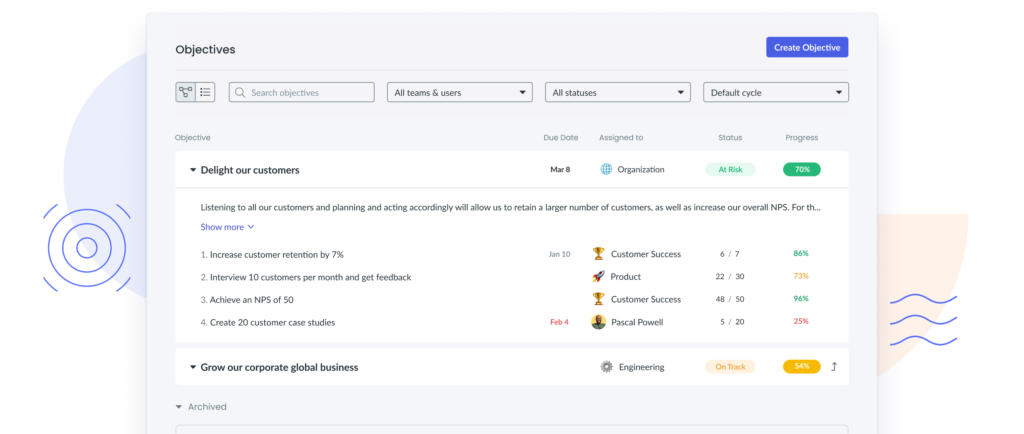
Why you should create a project timeline
Being organized means being in control. When you take time to map out each step in advance, you reveal a clear path forward that sets your project on a path to success. The best project managers know how crucial a project timeline is in helping a team visualize each step involved and be spared from setbacks and hold-ups. A timeline also helps ensure that all teammates are working towards a clear, common goal. When done correctly, a project timeline should also make it easy to switch up tasks if anything new pops up along the way.
7 steps to create a project timeline
- Make a project brief
- Decide on a realistic due date for your project
- Create small milestones
- Decide on milestone due dates
- Assign project tasks
- Use a software tool to track progress
- Hold regular project check-ins
1Make a project brief
A project brief is a roadmap to keep all parties who are involved in the initiative aligned. Before you start delegating, you need to know the scope of the project so you can determine how long each task will take, how many individuals or departments should be involved, and what the timeline will look like. The brief should outline the purpose of the project, any milestones that will indicate progress over time, and specific goals you’re striving to achieve. When any member of your team reads the brief, they should gain a clear understanding of the project requirements and the initiative’s overall vision.
2Decide on a realistic due date for your project
You may feel pressured to set unrealistic deadlines, but these will only harm your progress in the long run. Set a due date for the overall project and list short pieces that will require deadlines at a later time. Start by listing your team’s main to-dos and everything that will need to happen to achieve your desired results. Once the larger steps are broken down, set a main project deadline that works for all parties involved. Communicate your needs with members of your team, colleagues in other departments, and external stakeholders so everyone is on the same page.
3Create small milestones
It’s time to tackle those smaller milestones. Let’s say your team is launching a marketing campaign for your company’s newest product. For this project, your team may need to work on the campaign’s design, budget, messaging, tactics, website refresh, and follow-up. Review and list all the steps that need to be completed to achieve each milestone. For something like marketing tactics, the subset of tasks may involve sending a campaign launch email to your target audience, doing paid social media advertisements, and hosting a virtual event to showcase the product. Once you’ve broken down the steps, you’ll be able to see what needs to be prioritized and how many people should be involved.
4Decide on milestone due dates
Now that you’ve established a firm deadline for the overall project and have identified specific milestones, set due dates for the smaller tasks. Estimate how long each subset of tasks will take to complete and set additional time aside for obstacles along the way. Let’s use the marketing campaign example again. If the milestone you’re working towards is the completion of all design elements for the campaign, your breakdown could include: getting quotes from external design firms (two weeks), comparing quotes and services (one week), choosing a firm (one week), and working with the design team on the final design elements (two weeks). Based on these projections, you can then work backwards to fill in the timeline with dates.
5Assign project tasks
Next up is joining forces with your colleagues to get things done! Schedule a meeting to assign specific tasks to your teammates and discuss your expectations for each piece of the project. Use Fellow to delegate action items in a collaborative meeting agenda, manage tasks, and foster accountability. Your teammates will thank you for being so organized throughout the process.
6Use a software tool to track progress
Don’t let disorganization plummet your team’s progress. Track your objectives as part of your workflow with Fellow. Write out a clear description of each action item with context during your next meeting. Each action item should push your team closer to achieving a milestone and have an outlined due date. Make sure that every individual involved in the project knows that they are to notify the project manager or person in charge of tracking progress once an item has been completed.
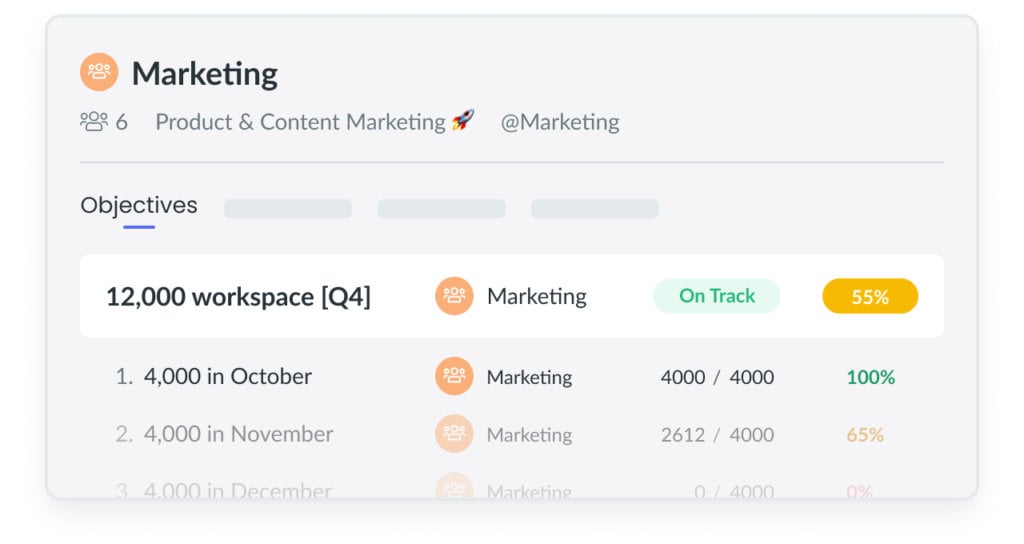
7Hold regular project check-ins
Hold regular check-in meetings over the course of the project’s timeline. During each meeting, you should aim to give a progress update, celebrate milestones and small wins, chat about challenges, and assign new action items. This is also a good time to discuss shifting priorities or problems as they arise. Ongoing communication with your team will ensure that everyone is on the same page throughout the entire project.
Try this free Weekly Project Status Meeting Template:
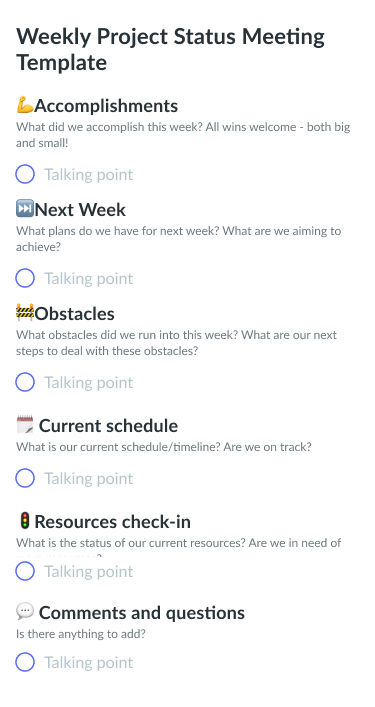
How to follow through on your project timeline
1Use a meeting agenda during project check-ins
Include a meeting agenda each time you schedule a meeting with teammates or stakeholders involved in the project. The agenda should outline topics to discuss, action items, and activities that will take place. Each meeting item should also have an assigned owner and specified duration. Meeting agendas should be provided at least 24 hours in advance of each meeting so participants have time to adequately prepare beforehand.
2Meet deadlines
If you set realistic deadlines during the planning process, there should be no excuse to miss them often. Don’t fret if something urgent arises that requires immediate attention. You can adjust deadlines if something totally unforeseeable happens, but you should only do so if absolutely necessary. By meeting your deadlines and delivering results by or before the original deadline, you’ll guarantee the project stays on track.
3Delegate tasks
Be realistic. You shouldn’t and can’t do everything yourself. When creating your project timeline, decide what your tasks should be as the project manager and delegate the rest. Let each member of your team know who the go-to person will be in case they run into any challenges along the way. Delegating will save you time, maximize others’ potential, and create more space for new ideas from all parties involved in the process.
4Be realistic
You can be an incredibly organized and effective planner who sets sensible due dates and milestones and still experience minor setbacks along the way. We all want our initiatives to exceed expectations, but don’t forget to give yourself grace if something goes wrong. Be realistic as you work to create a project timeline that works for your team, and that applies realistically to each task. Don’t set the bar so high that you and your team get trapped underneath it.
A project timeline to meet your deadlines
Set yourself up for success from the get-go! A project timeline may look overwhelming, but it sure isn’t as stressful as having a list of unmet deadlines or a group of unhappy colleagues and stakeholders. Stay organized by outlining detailed project deliverables that will keep the project’s wheels in motion. Schedule regular check-ins, use digital tools like Fellow, and don’t be afraid to delegate. Before you know it, action items will get checked off, milestones will be achieved, and that big picture idea will be a real-life completed project.









